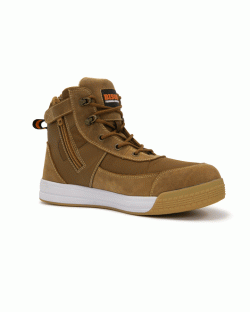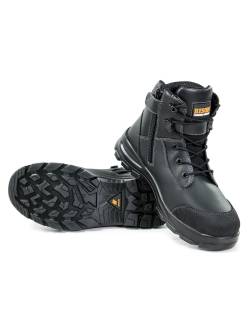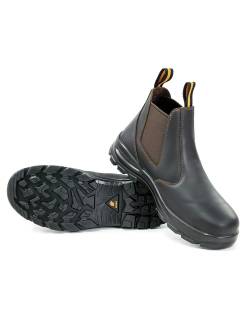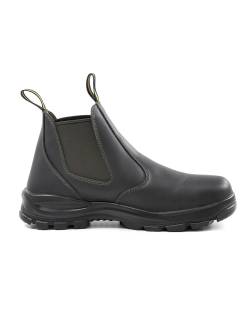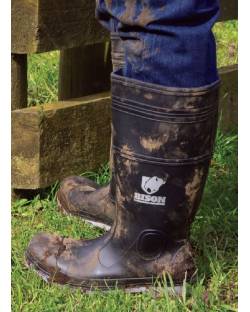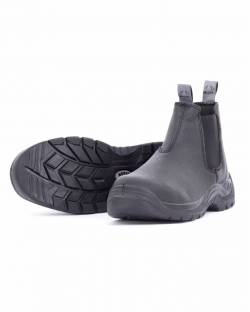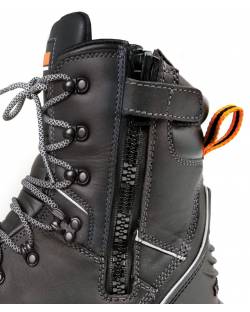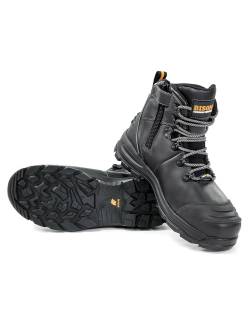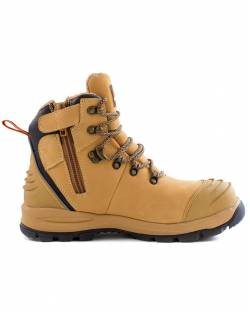Product Filter
-
Price
-
Food & Hospitality
-
Option
Bison Boots
Bison Safety Footwear and Bison Boots meet EN/ISO 20345 for Personal protective equipment – Safety footwear.
And they look great.
This standard specifies basic and optional requirements for safety footwear, and multiple levels of protection are outlined. Safety footwear is divided into different categories, depending on material, properties and design. For all categories there are basic requirements and specified safety properties. Safety Footwear is defined as incorporating protective features to protect the wearer from injuries which could arise through accidents. This includes protective features such as safety toe caps. Safety toe caps are designed to give protection against impact when tested at an energy level of at least 200joules, and against compression when tested at a compression load of at least 15kN.
AS/NZS 2210.3:2000- Occupational protective footwear - Requirements and test methods
Australia / New Zealand equivalent of ISO 20345. Specifies requirements and where appropriate test methods to establish conformity with these requirements for footwear intended to protect the wearer's feet against foreseeable hazards in a variety of workplaces.
Class I = Footwear other than rubber
Class II = Rubber and entirely moulded footwear
| Category | Basic Requirements | Additional Requirements |
| SB | Class I or II | Safety toe cap |
| S1 | Class I |
Closed seat region (closed in heel area) Antistatic properties Energy absorption of seat region (heel) |
| S2 | Class I |
As S1 plus Water penetration & water absorption |
| S3 | Class I |
As S2 plus Penetration Resistance Cleated outsole |
| S4 | Class II |
Antistatic properties Energy absorption of seat region |
| S5 | Class II |
As S4 plus Penetration Resistance Cleated outsole |
SBP, S1P & S2P = SB, S1 & S2 with anti-penetration midsole


